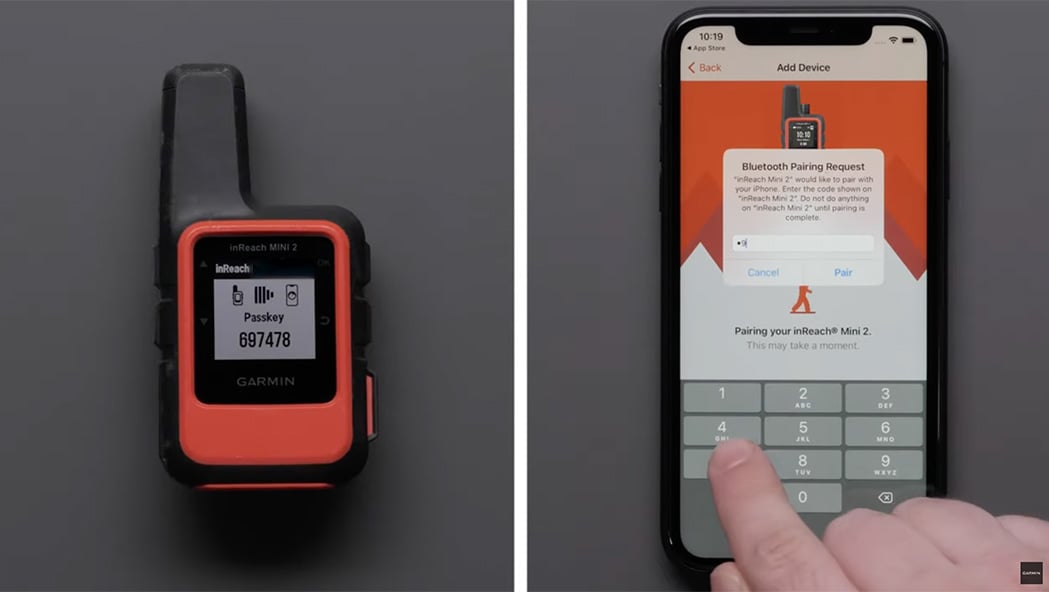
Tabata Training: Maximum Impact Interval Training
Interval training for the win
Short intervals of working out at high intensity followed even shorter recovery periods. This is the basis for Tabata training, and more generally speaking for the wildly popular phenomenon of HIT (or HIIT, High-Intensity Interval Training), which has been recommended by fitness experts for some years now as a tool to burn fat and increase muscle. Total calorie burn is very high in comparison to conventional training methods, and the stimulating effect on the metabolism extends beyond the workout itself. In an interview with “netzathleten.de,” Prof. Dr. Jürgen Gießing (a professor at the University of Koblenz-Landau who has studied HIT training) explains that; “Progression in training can be achieved not only by increasing the volume of training, but also by increasing its intensity.” According to the research, athletes were able to achieve training outcomes in 15-minute HIT interval workouts which were on a par with other, more time-consuming methods.
Tabata training — over and done within just four minutes
Tabata training also subscribes to this basic principle. The method was developed by the Japanese sports scientist Dr. Izumi Tabata. Back in 1996, he decided to investigate ways in which speed skaters could optimize their performance. The most impressive outcomes were achieved with a method Tabata had developed himself. The athletes completed training units of only four minutes in length: 20 seconds of maximum power, 10 seconds of recovery. These intervals were repeated eight times. Tabata recommends that this workout should be carried out five times per week for a total of six weeks. According to “netzathleten.de,” doing so will massively increase oxygen utilization and lead to changes in aerobic metabolism.
Don’t forget your timer
All you need for Tabata training is a timer (counting seconds in your head is surprisingly difficult during a hardcore workout). The Garmin Connect IQ store features various interval timers and special Tabata timers as apps for your Garmin smartwatch. These timers tell your smartwatch to beep or vibrate at the start and end of each interval.
Tabata as goal-oriented training
The Tabata principle can be applied to both endurance and strength training, i.e. regardless of whether you’re completing a spinning workout, running, or training with free weights or your own bodyweight. All you need for Tabata training is a timer (counting seconds in your head is surprisingly difficult during a hardcore workout). If you want to improve stamina, sprint as fast as you can during the active phases, and then jog or cycle slowly during the recovery phases. If you want to improve muscle strength, set the machine to a weight which is heavy enough to make your muscles fail after 20 seconds. Gradually reduce the weight each time to ensure that you aren’t failing after 10 seconds during the last few intervals.
Bodyweight exercises which work as many muscle groups as possible, for example, push-ups, are ideal candidates for Tabata training. It’s also possible to vary your workout by completing four intervals of exercises which work different muscles on an alternating basis. 20 seconds of squats, a 10-second rest, 20 seconds of pull-ups, another rest, then rinse and repeat, for example. Once again, it’s important to slow down towards the end of the workout so that you can hold out for the full 20 seconds. You can also include four different exercises in your workout which all work different muscles. Then you would simply repeat them all once. It’s vitally important to warm up well for at least 10 minutes before Tabata training. If you attempt a hardcore workout of this kind with cold muscles, it’s likely that you’ll suffer a muscle strain or other injury.
Torch fat and dramatically improve performance
Tabata training results in dramatically improved performance in the aerobic and anaerobic zones after just a short period of time. Here’s the science behind the headline; when you work out in the aerobic zone, the oxygen taken in by breathing is enough to cover the energy demands of the muscles being worked. When you work out in the anaerobic zone, these demands can only be met by borrowing extra energy via a metabolic route. This cranks up the calorie burn, making Tabata training a great way to lose weight. The “after-burn effect” is so pronounced that your metabolism will still be running on all cylinders and burning calories for 12 to 24 hours after you’ve finished your workout.
Tabata for team players
Tabata training is beneficial for practitioners of most sports. But it’s particularly good for people who play team sports since the format of the training sessions mimics the demands faced by a soccer or handball player — rapid bursts of intensity followed by short periods of recovery. Two players go head-to-head, and then the ref calls a time-out. These on-pitch scenarios are recreated in Tabata training. Runners and weightlifters can, however, also incorporate the workout into their regime as an extension or as a new training stimulus.
Tabata as training for the mind
20 seconds can seem like an eternity, and 10 seconds of recovery can pass in a flash. An exercise which seems easy enough, to begin with, can thoroughly kick your butt, especially in the early days. Although the idea of only needing to work out for such a short time might be a tempting one, four minutes can be a hellishly long time if you’re really giving it everything you’ve got. During the first interval you’ll think you’ve got it nailed, but at the latest, by the third interval, you’ll have realized how wrong you were. The next five intervals will demand true grit. And so if you want to benefit fully from Tabata interval training, you need to learn to test the limits of your body’s endurance and work through the pain.
Previous experience required
If you’re completely new to interval training, you should use a different method first to get your body used to the intensity. Long runs are a good way of building up basic stamina; if you’re more at home in the weights room, you can work up gradually from four to eight intervals of Tabata training. Beginners can also vary the balance between active and recovery phases. If you suffer from cardiovascular disease or condition, you should absolutely seek the advice of a health professional first.




